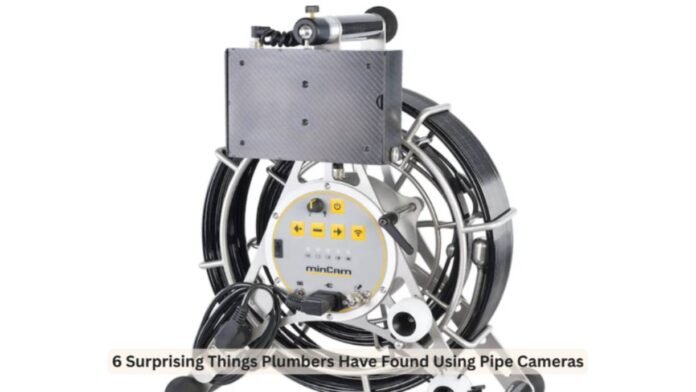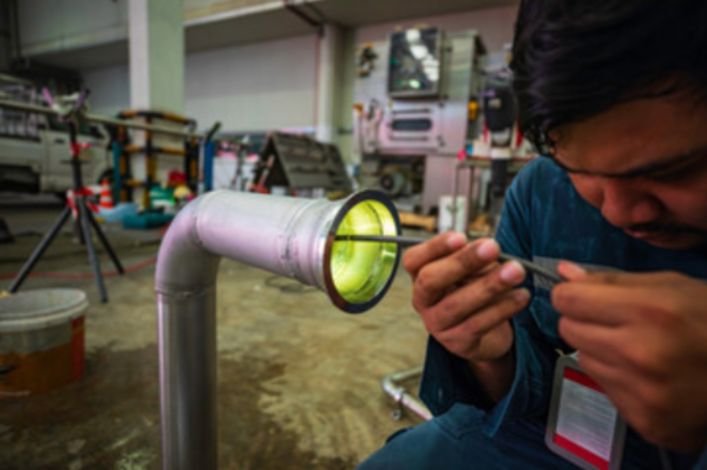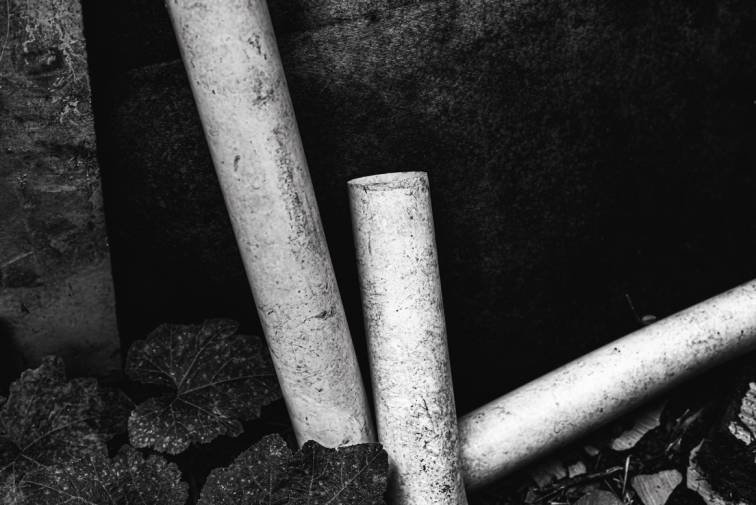Much of the most crucial but least visible infrastructure in an urban environment is beneath the surface.
Most residential plumbing and municipal sewer networks (and industrial pipelines) perform their duties silently in the background, until someone notices a problem. When a toilet or sink backs up, or an entire plumbing system suddenly stops working, the culprit is often hidden from the naked eye.
In the classical plumbing world, often everything boils down to guesswork, dismantling and excavation to identify the source of a problem. These methods were interruptive, lengthy and expensive. Yet in the last 10 years, imaging and mobility have reshaped how diagnostics are carried out below ground. The pipe inspection camera is among the profound and unique inventions.
The best of these is push cameras with high-resolution imaging that can enter narrow pipelines, offer real-time visuals, and collate data without demolishing walls or excavating lawns. They are the eyes that plumbers never had. Besides the mill clogs and corrosion, these cameras have found things no one ever expected.
Here are six amazing discoveries made possible by new pipe camera technology, which show how these tools represent a game-changer in plumbing diagnostics.
1. Lost Valuables in Residential Plumbing
One of the most surprising uses for pipe camera inspection systems is finding lost valuables. If you have lost a piece of jewelry, keep in mind that it might have ended up down the drain, and camera inspection during a plumbing service call could help you get it back, even if you’ve lost hope. The high-resolution color images and great control also allow plumbers to see, locate, or sometimes retrieve certain items without having to rip apart fixtures.
Today, push camera technology allows smaller-diameter pipes to be inspected by a plumber who can look for the metallic glint of unusual obstructions or items that may be caught in sediment. No longer just a punch-in-the-dark guess, the retrieval of material value is an exact science.
2. Rodents and Animal Remains
Foul smells and difficult blockages might make you think plumbing is the problem, but in poking around with pipe cameras, dead or (in some cases) live rodents have been discovered taking up residence in pipe joints. Cracks in older piping systems are especially prevalent in more rural areas. This, along with the tight space, provides another great access point for varmints.
They offer real-time verification of these intrusions through the live video feed from inspection cameras. Pinpointing the exact location permits plumbers to seal off future entry points and make recommendations to increase pipe reinforcement or remove the blockage without causing further damage to the system.
3. Intrusive Plant Roots
It’s no surprise that tree roots can cause costly damage to sewer or water lines; however, the causes of intrusions and their extent inside a pipe are rarely observed without a camera. Plumbers have found root balls that tie an entire section of pipe into one big knot, often over several feet long.
These roots not only create blockages but also tear into the pipe walls and joints. Plumbers can use inspection cameras to watch where roots are growing and from what direction they are being fed. This allows them to determine if any chemical drain treatment or if complete pipe replacement work is necessary.
4. Illegally Connected Lines
Improperly installed plumbing systems can take years to fail, and this mistake is evident only when they start failing, in both residential and commercial buildings. In other cases, the operators of pipe cameras found stormwater drains illicitly tied to sewage lines — polluting them and landing property owners in massive fines.
These inspections are crucial for building renovations or before purchasing the property. To verify code shops, plumbers now use inspection snakes to avoid having to tear down walls.
5. Construction Debris
Many times, recently built buildings develop plumbing problems sooner. Plastic caps, cement chunks, insulation, or even discarded tools have all been left behind by construction crews and rattle through the storm sewer towards our pipes.
These obstructions reveal themselves when water usage ramps up and flow becomes forcefully constrained. Push cameras, generally, are a boon to plumbers since they enable them to monitor space, light, and erosion, so that post-construction inspections will be more extensive.
6. Pest Nests and Insect Colonies
In specific damp sewer lines or seldom-used drainpipes, insects and rodents can infest the sewers. It means that termite colonies, ants, and even cockroaches have nested within pipeline junctions.
Most detections are made in outdoor or unvented soil lines. Camera footage allows pest control professionals to quickly connect with plumbers, so they can permanently seal some of the nests in holes to help remove them without tearing down large parts of the infrastructure.
The Technology Behind These Discoveries
The modernized pipe inspection systems provide the following capabilities:
- Push Cameras: Designed for tight spaces, these cameras offer portability with a waterproof construction and sharp visuals. Perfect for plumbing, HVAC, and drainage inspection.
- Sonar and Locator Add-ons: Many models offer traceable heads to enable precise underground mapping.
- Recording & Reporting: Record and replay footage as part of your inspection reports — a standard practice in real estate, law enforcement or for building documentation.
Final Thoughts
Pipe camera inspections have revolutionized plumbing diagnostics. They take the uncertainty out of condition monitoring and bring accuracy that makes proactive maintenance viable.
The results might be unexpected, but they once again demonstrate the importance of up-to-date inspection in plumbing houses of all construction styles. Whether it’s a lost ring, a root invasion, or an illegal pipe connection, today’s plumbers don’t need to dig in the dark. They just need a camera.


